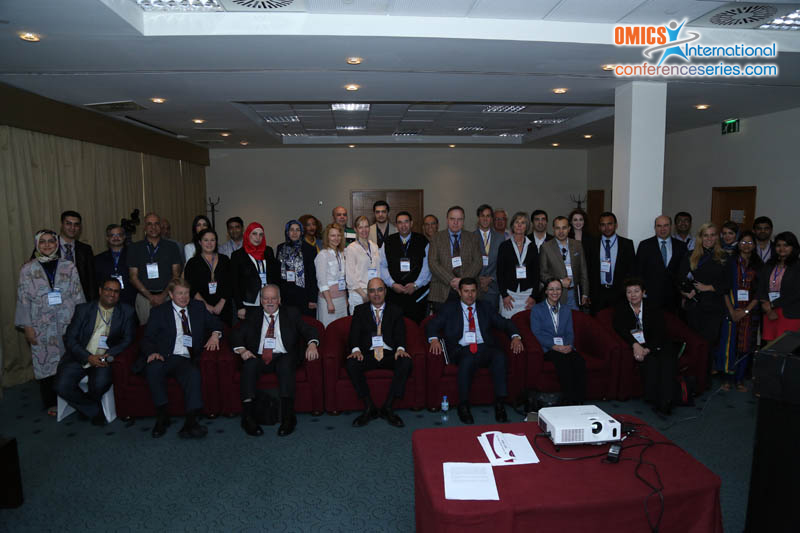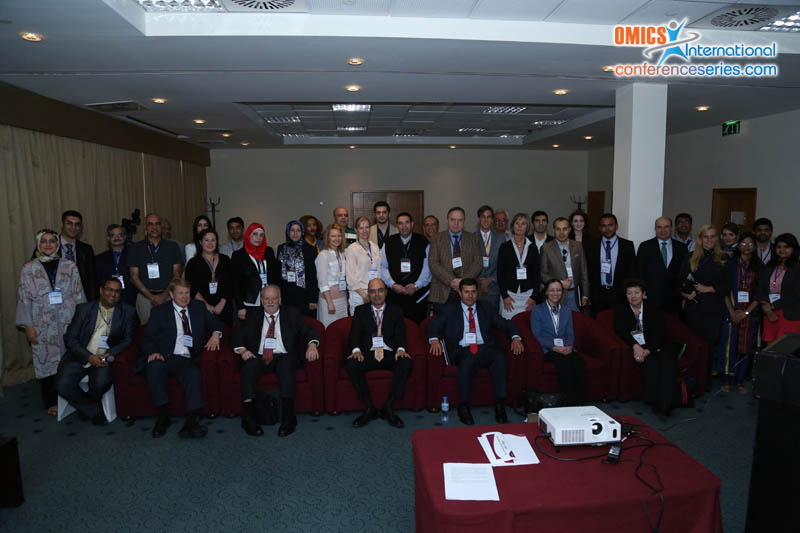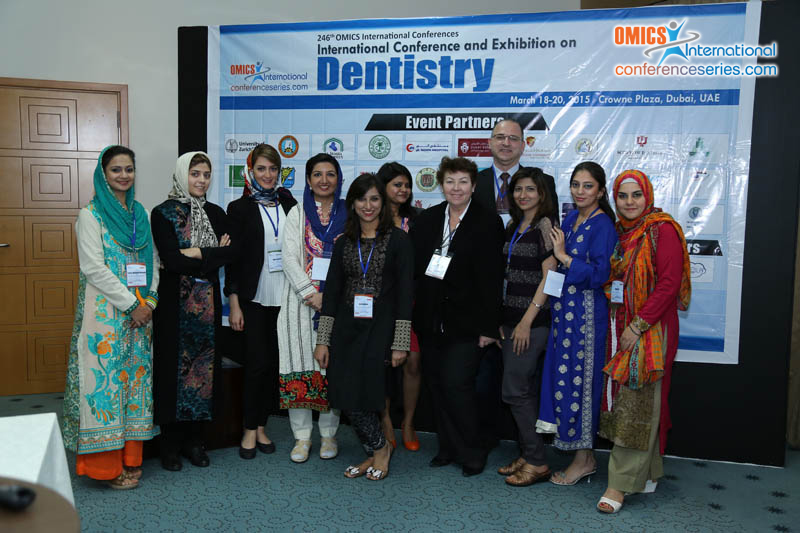Walaa KM Hafez
Cairo University, KSA
Title: Evaluation of marginal bone stability around immediate implants
Biography
Biography: Walaa KM Hafez
Abstract
Aim: The aim of the study was to evaluate marginal bone changes following immediate implantation in the maxillary anterior region.
Patients & Methods: This study was conducted on 20 adult patients indicated for extraction & immediate implant insertion in one or more of the upper anterior teeth. The peri-implant defect was filled with mixture of autogenous bone (collected from the chin) & PRF (platelets rich fibrin) and covered with PRF membrane to cover the implant site. The changes in the marginal bone were assessed at 0, 3, and 6 months using CBCT. All data were collected and statistically analyzed. The data were presented as means and standard deviation (SD) values. Wilcoxon signed-rank test was used for the changes in mean defect height, width and area after 6 months. Spearman’s correlation coefficient was used to find out the correlation between clinical and radiographic bone height in cross-section.
Results: The marginal bone was stable in 83% of cases with 6 month follow up period. Through the whole study period (Immediate – 6 months); the radiographic height showed statistically non-significant decrease at the mesial side. Distally and cross-sectionly, there was a statistically significant decrease in mean defect height. As regards the defect depth, the change in depth was limited to the 2 mm bone margin.
Conclusions: Particulate autogenous bone - PRF mix is effective in obliterating the buccal bone defect around immediate implants in the maxillary anterior region. The marginal bone was stable in 83% of cases with 6 month follow up period.



